Pictures capture the invisible glow of flowers
Ultraviolet light reveals alien-like colors and fairy sparkles in seemingly normal plants.
Photographs by Craig P. Burrows
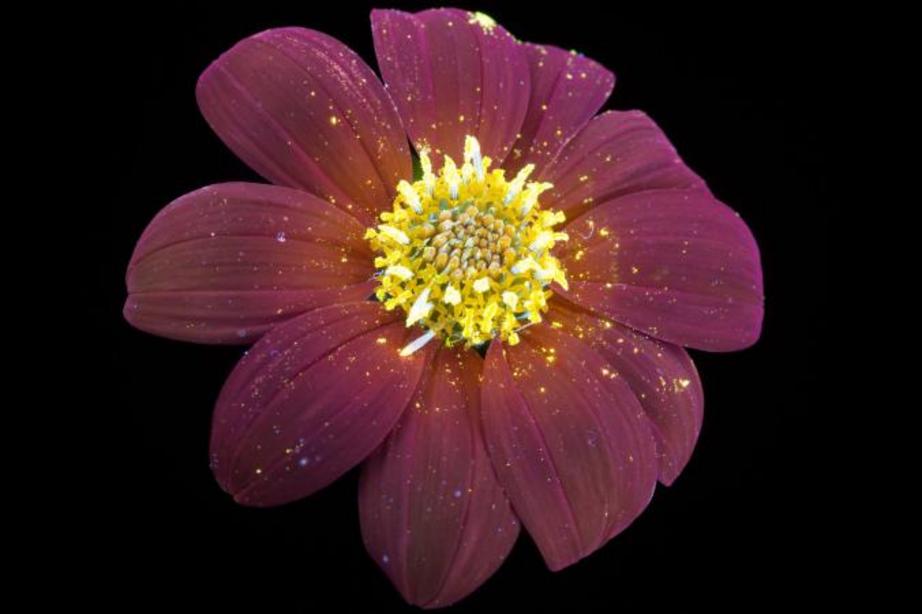
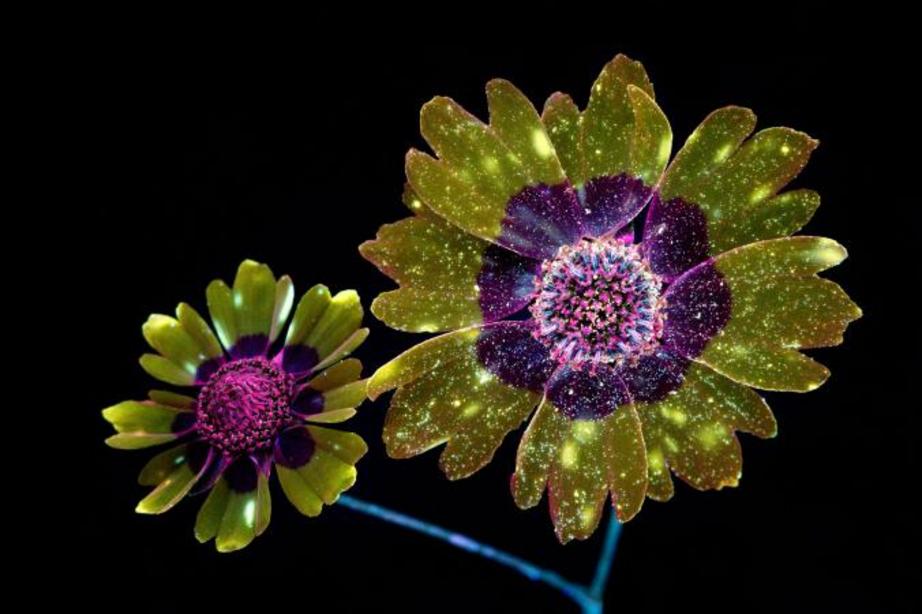
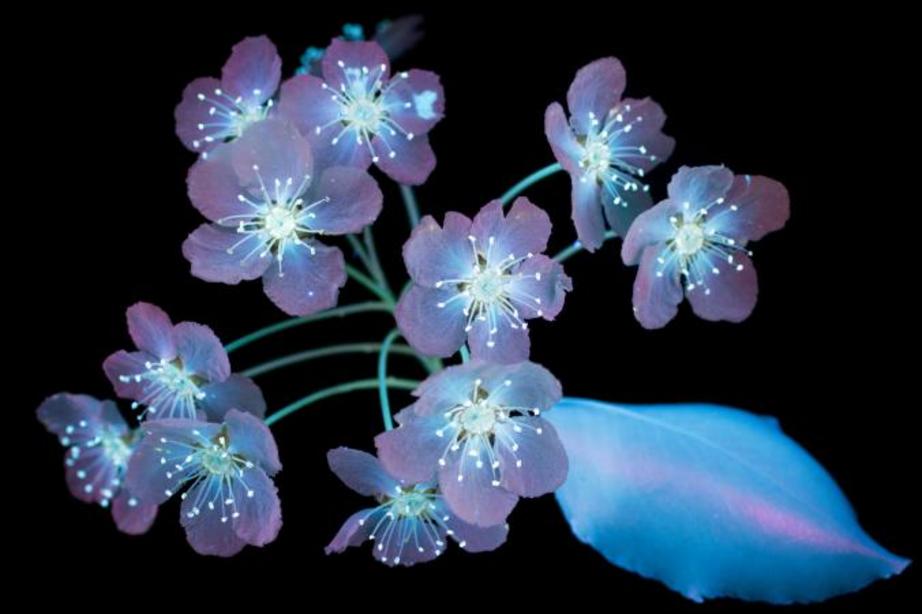
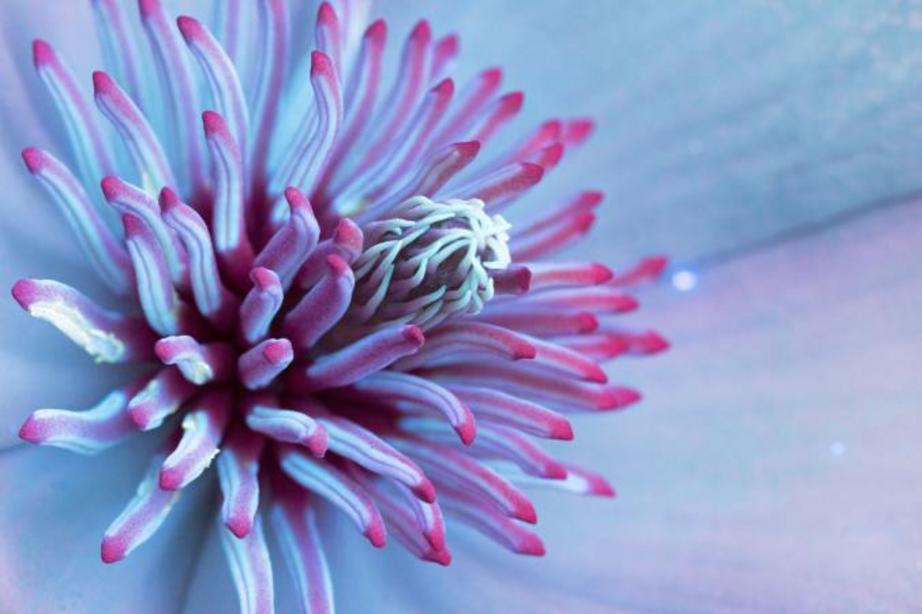
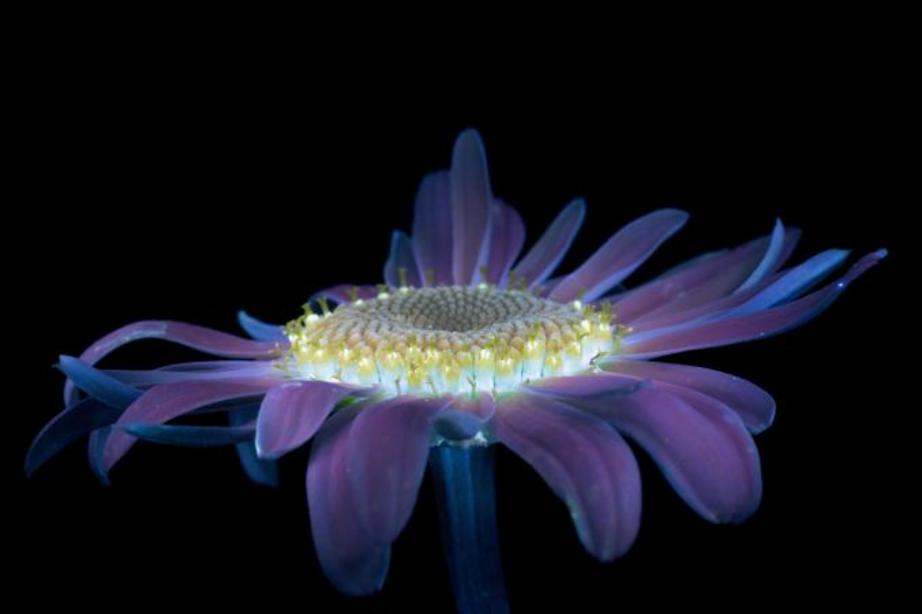
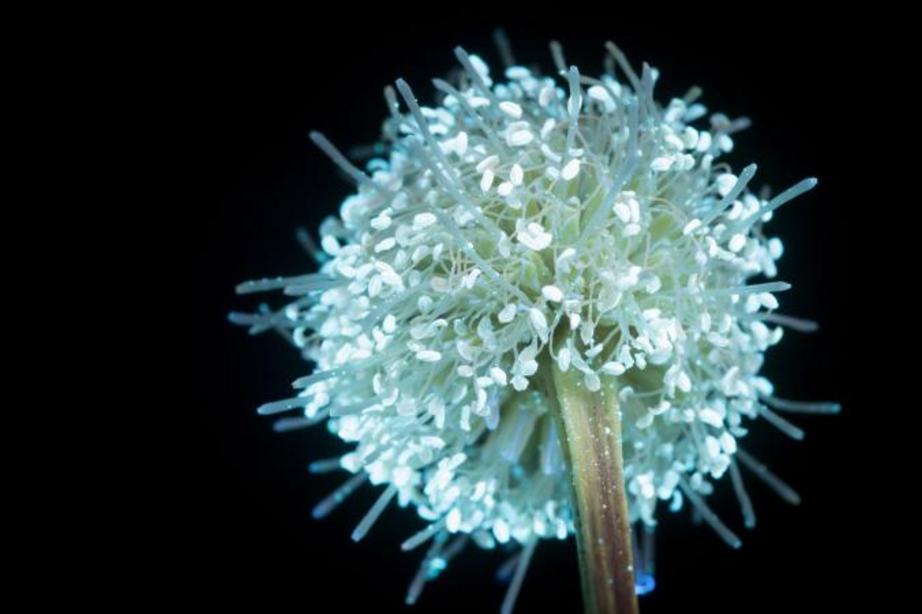
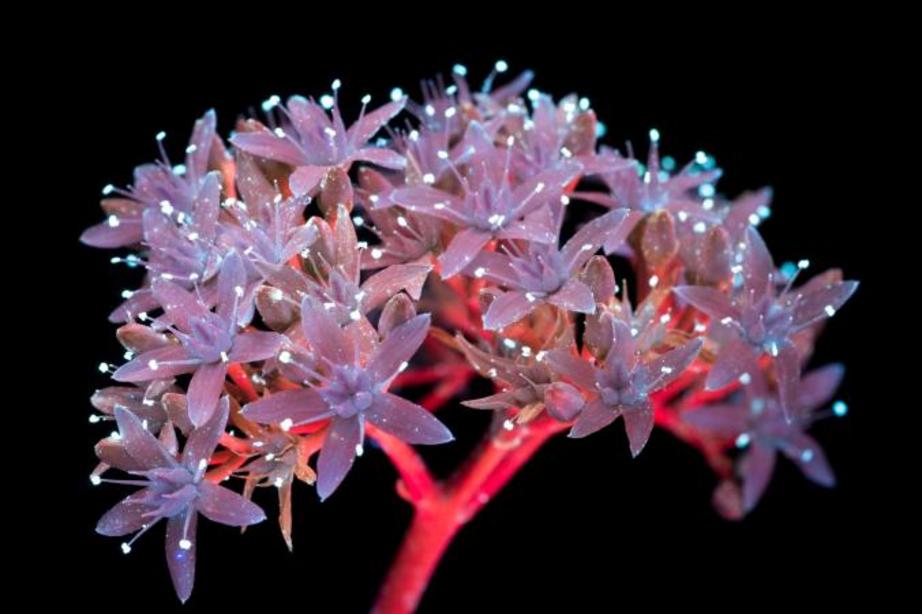
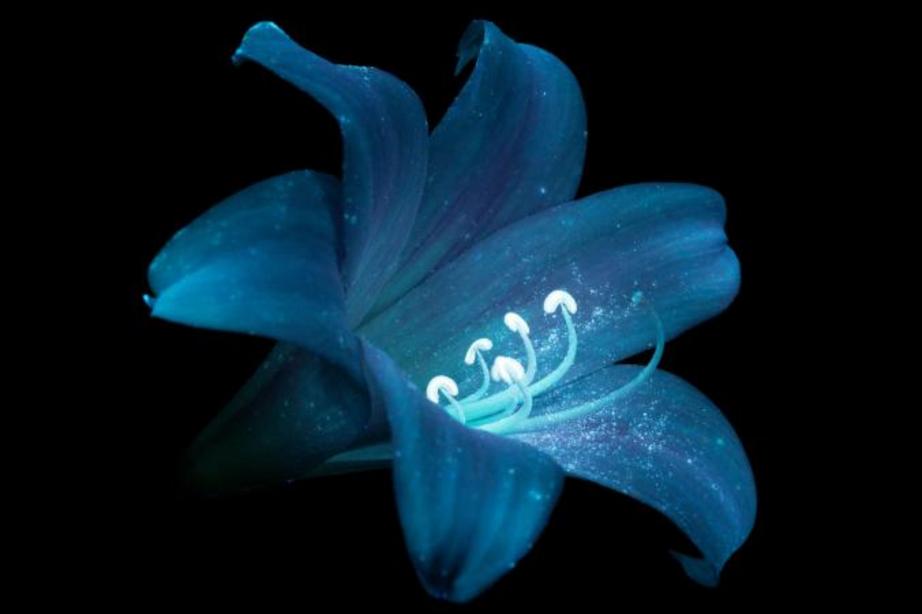

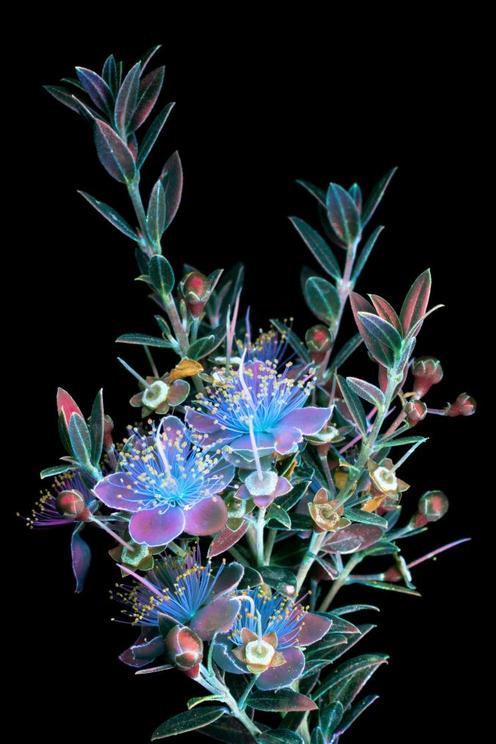
Take a look at some of the flowers photographed by Craig Burrows and you might feel as if you’ve suddenly been transported into the alien world of Pandora from James Cameron’s Avatar. Brightly pigmented petals starkly contrast a black background as specks of light, like glitter or fireflies, scatter across the blossoms.
It’s hard to believe, but Burrow’s work isn’t fiction—it’s science.
To capture these otherworldly images he uses a technique called ultraviolet-induced visible fluorescence photography, or UVIVF for short. The process uses ultraviolet light to cause substances to fluoresce, so the light being imaged is actually radiating from the subject itself. Think: the way your white t-shirt glows while cosmic golfing. (See a miniature shark species that glows in the dark.)
“It’s definitely not an especially easy type of photography,” says Burrows. Typically, he’ll mount his floral subject to a metal stand and use a remote trigger to sound off a 10 to 20 second exposure—holding his breath while the shutter is open. Even the smallest air movement or petal droop will result in motion blur.
The tricky nature of Burrows’ method is what make flowers an attractive subject. “They can’t run away,” jokes Burrows. Though he says that one of the most well-known uses for UVIVF is spotting arachnids, notably scorpions. His next objective is to work on photographing full scenes rather than singular subjects.
Though the outcome is always unpredictable, he’s found that compound flowers such as daisies and sunflowers often have the strongest pollen fluorescence. One of the biggest surprises he’s found while photographing flowers is a cucumber flower glowing a bright orange and blue with very bright pollen. Burrows says he collects his specimens while roaming around his neighborhood, inspecting flowers with a portable light and plucking up promising subjects.
Many natural objects from rocks and minerals to hard corals and crustaceans fluoresce under ultraviolet light, though its exact function in nature is still insufficiently studied. Researchers have suggested a correlation between UV-dark areas of flowers used to navigate pollinators, but this has not been proven. (Watch colorful rainbow corals glow in the dark.)
Burrows has been approached by a STEM fair to exhibit his photographs, and has also been tapped to participate in a forensic photography program using UVIVF. He believes that the real benefit of his photography, though, is that it sparks an interest in people to learn about the physical processes that allows the pictures to be taken.
“Reflected ultraviolet and infrared photography reveal secrets which we can’t see, but are nonetheless very important in nature,” says Burrows. “I think it’s important that these things remind us to keep exploring and looking for things that go ignored or unobserved.”
For more images please use source link below.
You can see more of Craig Burrows' work on his website and follow him on Instagram.
